
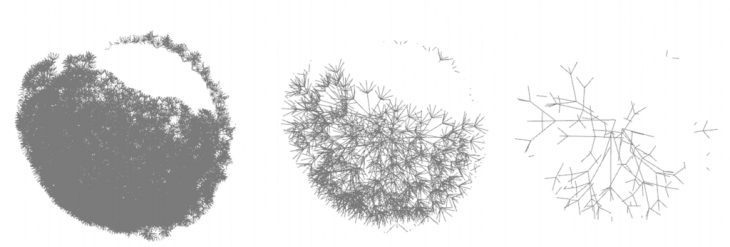 Fig.1 : RECUSIVE GROWTH PATTERNS
Fig.1 : RECUSIVE GROWTH PATTERNS
Recursion by definition is anything that re-occurs. In growth of everything from molecular level to the cosmos – this recurring phenomena bsased on a set of rules governed by the forces of nature are examples of growth. Everything that lies in between grows and expands.
In this exercise we’ve illustrated just that, set in Mies pavilion, Barcelona. On studying and understanding the movement patterns within the pavilion from start to finish – the experience of the architecture and materials used would not let me take that away, hence I propose this installation in the large water body outside, for it remains to be least intrusive to the overall architectural experience of Mies’s work. Image below is an illustration of our understanding of the context for havinbg an installation that shows growth governed by a certain set of rules that emerge as a pattern.
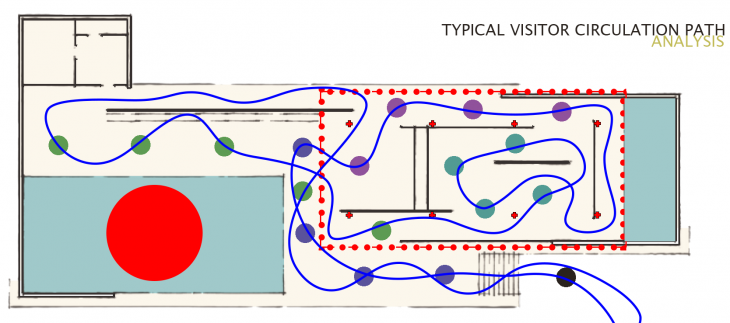 Fig.2 : CIRCULATION ANALYSIS
Fig.2 : CIRCULATION ANALYSIS
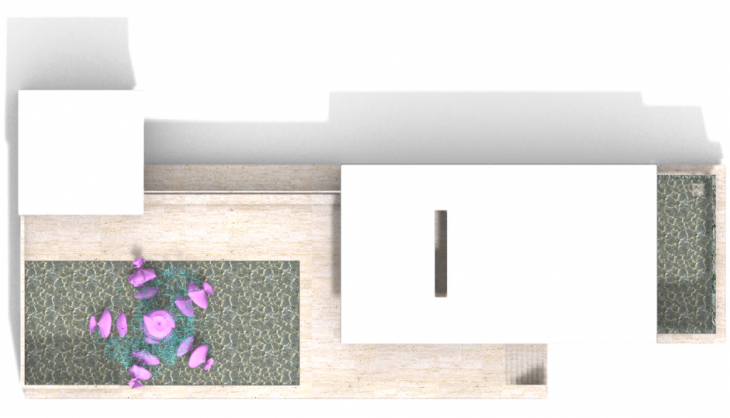 Fig.3 : LOCATION OF INSTALLATION
Fig.3 : LOCATION OF INSTALLATION
Given analysis of circulation, we’ve kept it out at the larger water body to minimise intrusion into circulation spaces. As shown in image above.
Below is an illustration of the gene that sets the recursive growth pattern forth in evolving. We’ve taken up this installation with growth in two phases to complete its growth. 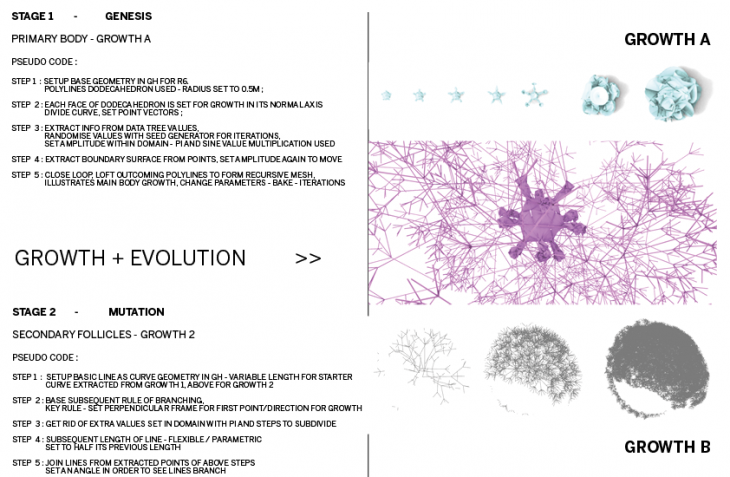 Fig.4 : PSEUDO / GENE CODE
Fig.4 : PSEUDO / GENE CODE
With the setting up of the above rules for subsequemt recurring set of actions for seeing the pattern unfold, inherited from its previous step. Each leading to the next and so on to its set limit of repetitions.
A series of iterations are made to show the patterns that emerge of the growth phases.
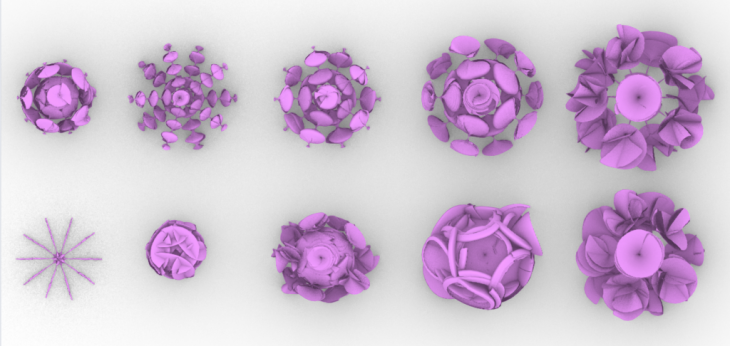 Fig.5 : ITERATIONS – GROWTH A
Fig.5 : ITERATIONS – GROWTH A
Resulting patterns that emerge in sequential steps of growth A are illustrated below :
 Fig.6 : PHASES – GROWTH A
Fig.6 : PHASES – GROWTH A
When the first phase concludes, the second phase kicks in to complete its cycle of growth.
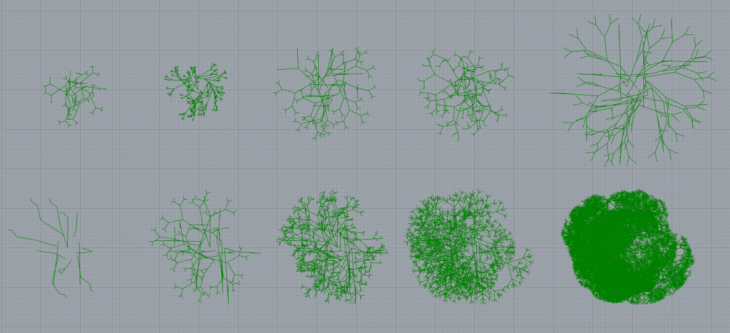 Fig.7 : ITERATIONS – GROWTH B
Fig.7 : ITERATIONS – GROWTH B
The tentacle growth shown independently (above) enables the second stage of growth.
The resulting growth phases when set in order with relevant and appropriate values go on to transform the otherwise calm water body, with an organism that grows by itself based on thoise set of rules that it upholds.
The resulting mesh is the result of values set in the algorithm. Below are illustrations of the organism in its completely grown state.
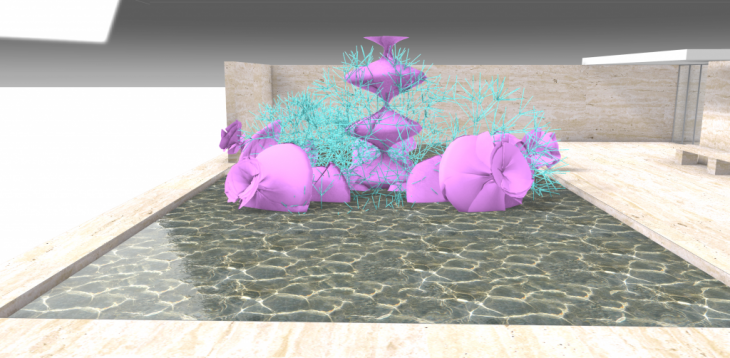 Fig.8 : VISUALISATION A OF GROWN ORGANISM
Fig.8 : VISUALISATION A OF GROWN ORGANISM
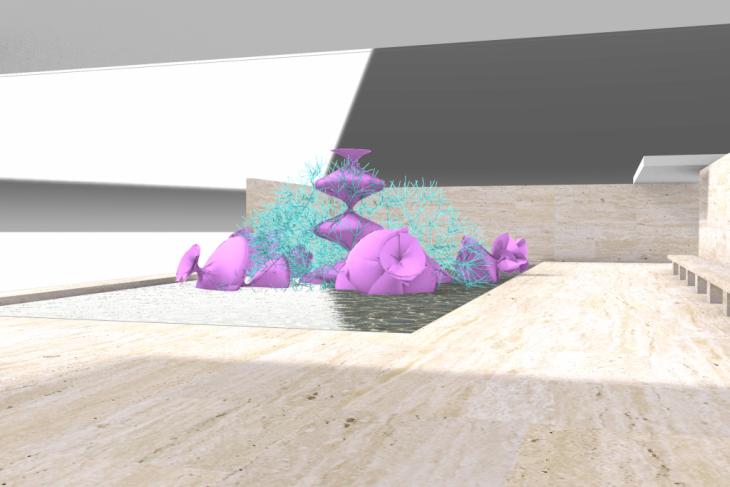 Fig.9 : VISUALISATION B OF GROWN ORGANISM
Fig.9 : VISUALISATION B OF GROWN ORGANISM
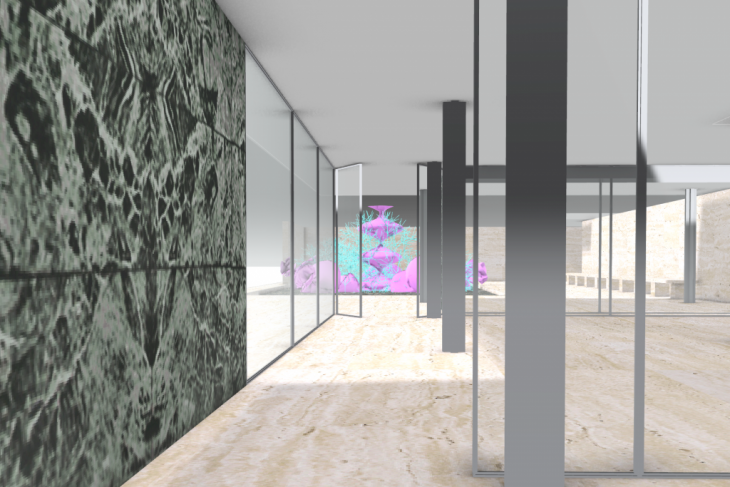 Fig.10 : VISUALISATION C OF GROWN ORGANISM (FROM INSIDE)
Fig.10 : VISUALISATION C OF GROWN ORGANISM (FROM INSIDE)
Below is a video illustrating the growth cycles and show this organism grow – in a time lapse of sorts.
In that growth needs essential energy from nature for the organism to grow.
</p>
CREDITS : IAAC, BARCELONA
TUTORS : RODRIGO AGUIRRE, NIKOLETA MOUGKASI
WORK BY : ASHWIN VARMA DANDU